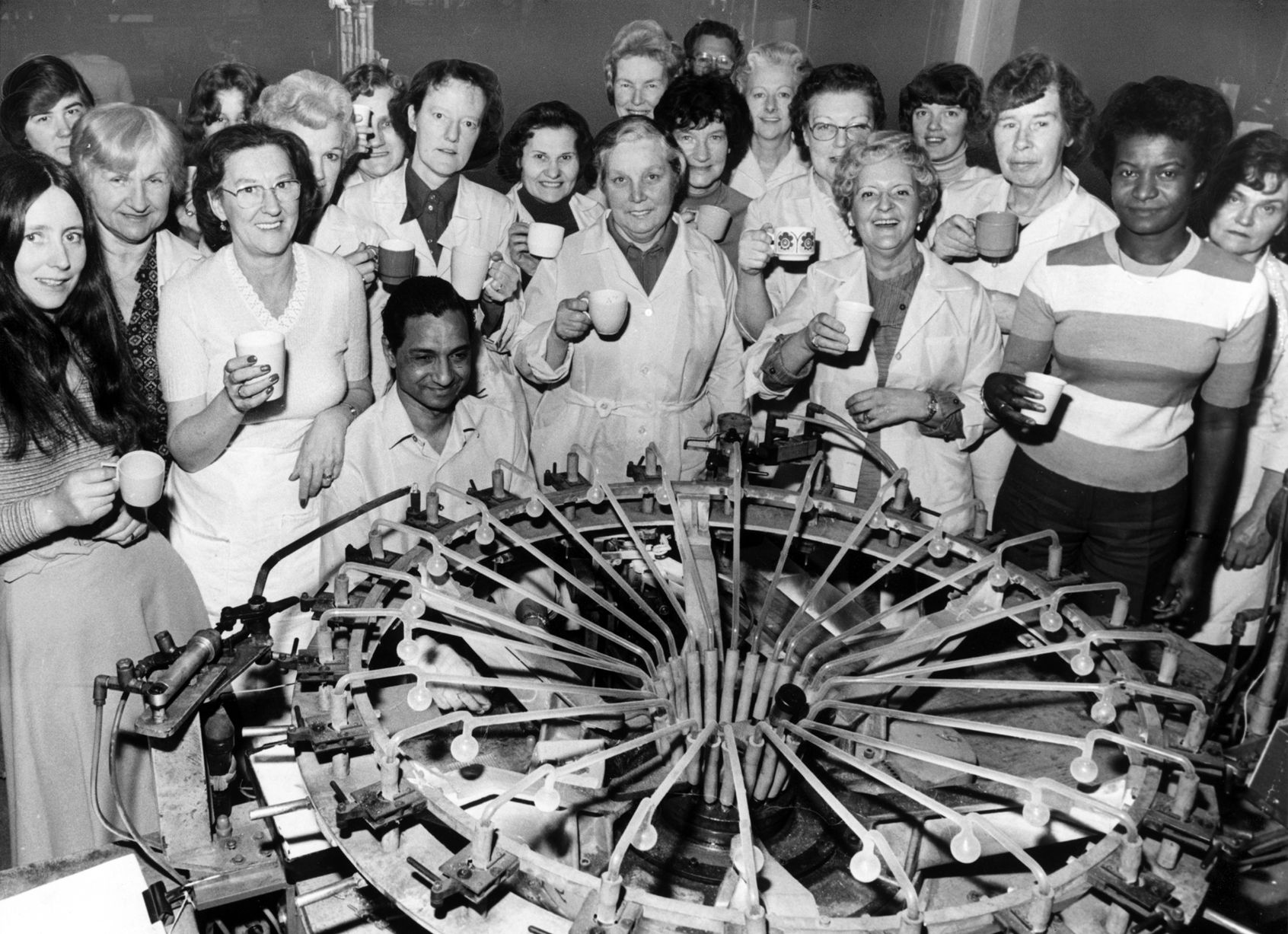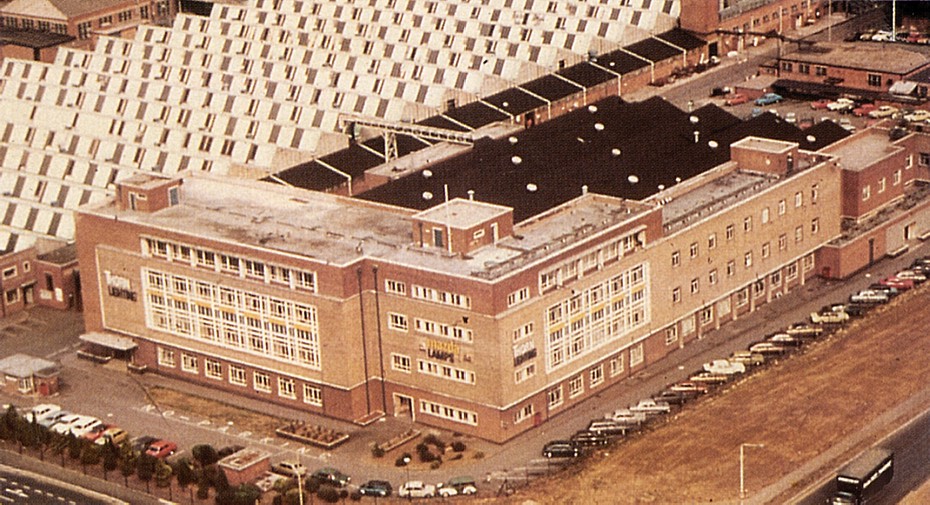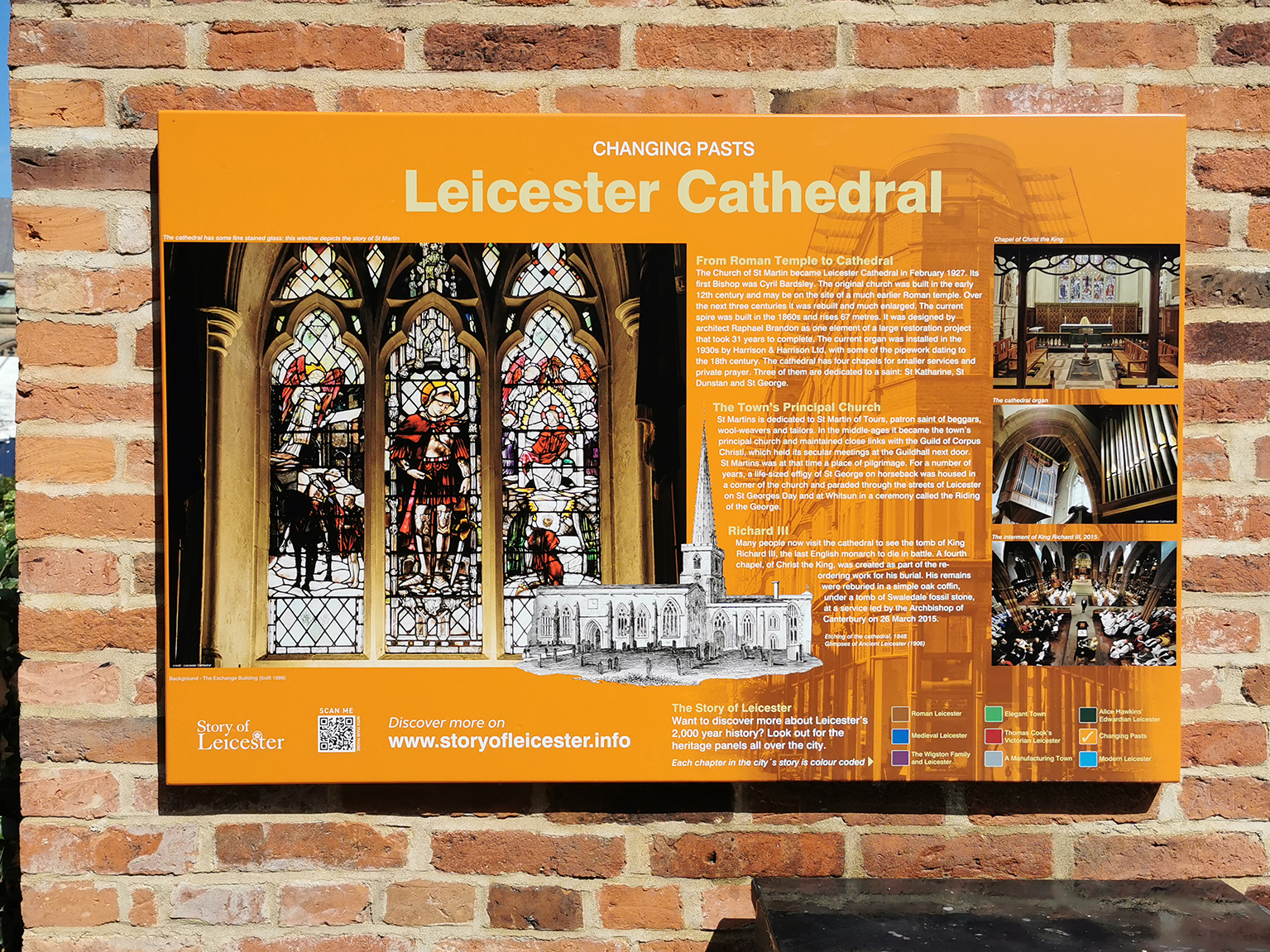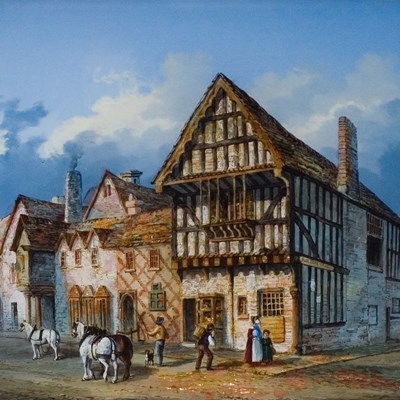TEN new heritage panels have been installed across the city, helping to bring Leicester’s extensive history to life.
The colourful information panels have been commissioned to give residents and visitors the chance to find out more about Leicester’s past, from Roman times, through the Middle Ages, to the Victorian era and beyond.
Part of the city council’s Story of Leicester project – which celebrates the city’s 2,000-year history by remembering the people, places and events of Leicester’s past – the latest panels feature the following local landmarks:
- The Cedars in Evington: built in the 1830s, this handsome house was home to the novelist Edward Phillips Oppenheim from the early 1900s, before it was bought by All Saints Brewery and turned into a pub in 1938.
- John O’Gaunt’s Cellar: the myths of the ancient cellar at Leicester Castle include its use as both a medieval dungeon and as a prison during the Napoleonic Wars.
- Evans Weir Industrial Area: the heritage panel highlights how the canal system supported industrial growth in Leicester from the late 1700s.
- All Saints Church: home to criminal trials in 1853, the ancient church also had a great clock that featured carved wooden ‘Quarter Jacks’ that chimed on the hour.
- GE-Thorn Lighting: built in 1939-40, it became one of the most important lamp factories in Britain, if not the world, and was famous locally for its fabulous Christmas light displays.
- Fielding Johnson Building: now part of the University Of Leicester, the building was built in 1837 as the Leicestershire County Lunatic Asylum, before becoming a military hospital during the First World War.
- Coffee versus Ale: this panel on High Street explores the Temperance Movement’s influence on the development of Leicester’s coffee houses, as well as remembering ale houses such as the Golden Cow, the Nags Head and the Blue Boar Inn – a time when there was one pub for every 22 residents of Leicester.
- Home for Penitent Females: dating from 1881, the building on Stoneygate Road was paid for by local philanthropists to rehabilitate unmarried women or girls who had fallen into prostitution or become pregnant. The grade II-listed building later became a Montessori School.
- Leicester Cathedral: the original church of St Martin was built in the early 12th century, possibly on the site of a much earlier Roman temple. It became Leicester’s cathedral in 1927 and became the final resting place of King Richard III in March 2015.

Leicestershire Asylum (now Fielding Johnson Building): credit University of Leicester

Workers at Thorn Lighting, 1979: credit Leicester Mercury

Thorn Lighting building, circa 1980: credit Lamptech.co.uk

Leicester Cathedral heritage panel
So far, 186 heritage panels have been installed throughout the city since 2014 as part of the Story of Leicester project.
Deputy city mayor Cllr Piara Singh Clair, said: “The Story of Leicester heritage panels bring to life the city’s history in a colourful, easily-understandable way.
“These latest panels continue that work, shedding light on the stories behind some well-known, and some less well-known locations across Leicester.”
For more information and to see the full list of panels visit storyofleicester.info
ENDS
Main picture: The Blue Boar Inn, courtesy of Leicester Museums & Galleries
